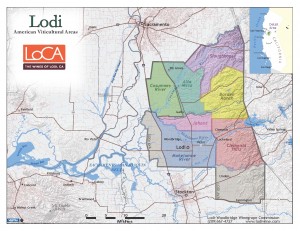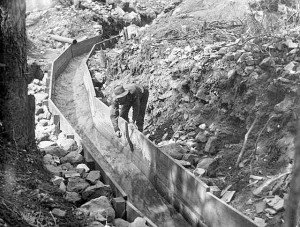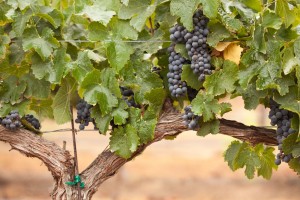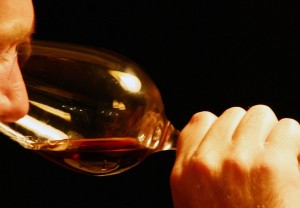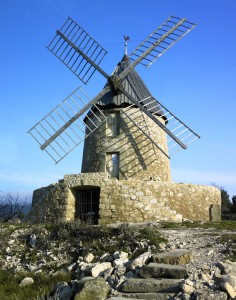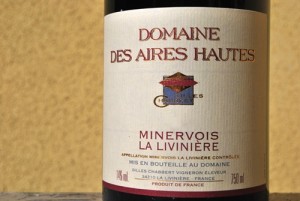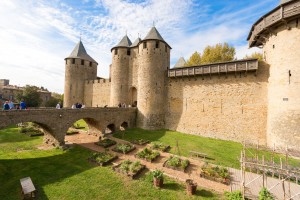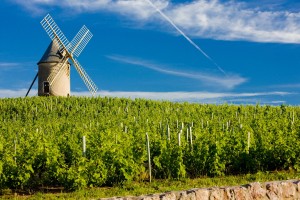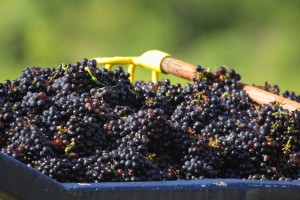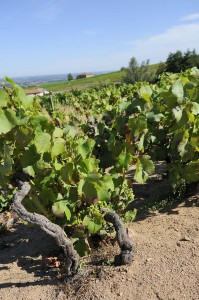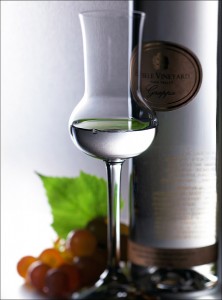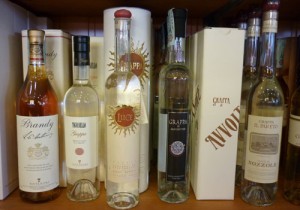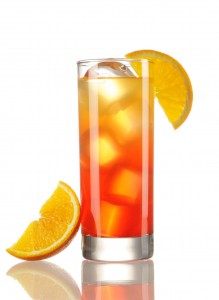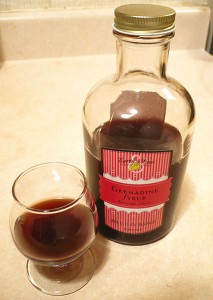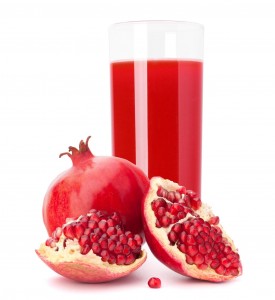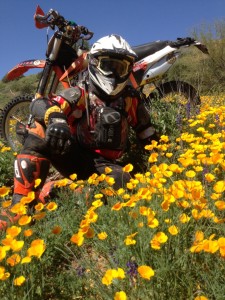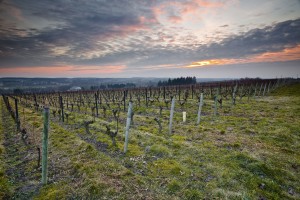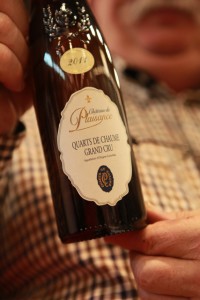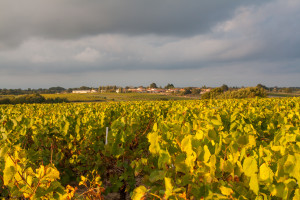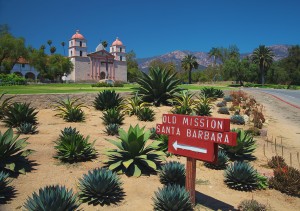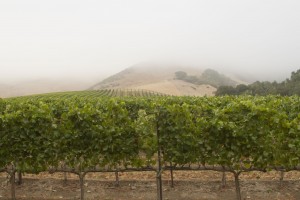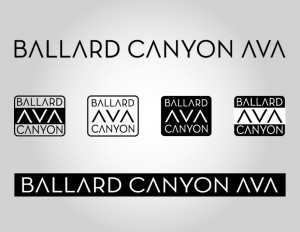 Coda di Volpe is a relatively obscure golden-yellow grape variety, used since ancient times to produce medium to full-bodied wines in and around Campania in southern Italy.
Coda di Volpe is a relatively obscure golden-yellow grape variety, used since ancient times to produce medium to full-bodied wines in and around Campania in southern Italy.
The name “Coda di Volpe” can be translated to “tail of the fox.” The name is believed by some people to refer to the long, pendulous shape of the bunches, which if you squint really hard and turn your head to the side, resemble a fox’s bushy tail.
Coda di Volpe is thought to be the grape variety used in the famous Falernian wine produced in Ancient Rome. Falernian, considered the finest wine of its kind at the time, cost as much as four times as much as ordinary wine and was beloved by the poets and Caesars alike. It was most likely produced from late harvest grapes, as it was very high in alcohol – perhaps as high as 15%. Pliny the Elder alluded to this when he described it as “the only wine that takes light when a flame is applied to it.”
In more modern times, Coda di Volpe is widely used in the white wine blends of Southern Italy, including Solopaca DOC and Vesuvio DOC. The Vesuvio DOC is famous for its “Lacryma Christi” wines, the white version of which may be produced from a blend that includes Coda di Volpe (a minimum of 35%), Verdecca, Falanghina, and Greco di Tufo. However, the wine is often produced from 100% Coda di Volpe.
The name of this wine, translated as “Tears of Christ,” is drawn from a legend of biblical history. According to the legend, God cried over Lucifer’s fall from Heaven, and grapes grew where his tears fell, and the grapes came to be used to make Lacryma Christi.
Wine produced from Coda di Volpe are often described as medium to medium-full bodied, fruity (citrus, peach, pineapple) and spicy (nutmeg, cinnamon) on the nose, and with flavors of grapefruit, lemon, and almond. The grape tends to be low in acidity, which is one reason why it does so well in the volcanic soil surrounding Mount Vesuvius, which can help impart higher levels of acid.
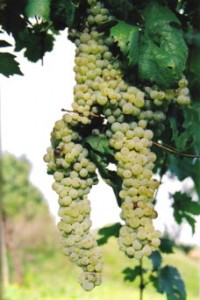 Beginning in the 1980’s, wineries in Campania began making single-varietal wines from Coda di Volpa, and it has grown both more widely known and popular since that time. 100% Coda di Volpa wines are now used in the DOC wines of Irpinia and Sannio and Taburno, among others.
Beginning in the 1980’s, wineries in Campania began making single-varietal wines from Coda di Volpa, and it has grown both more widely known and popular since that time. 100% Coda di Volpa wines are now used in the DOC wines of Irpinia and Sannio and Taburno, among others.
According to Jancis Robinson, et al, in the new tome Wine Grapes, the name of the grape is actually “Coda di Volpe Bianco;” the term “bianco” used in order to differentiate it from “Coda di Volpe Nera,” a red grape also known as Pallagrello Nero, and of no particular relation.
Accepted synonyms for Code di Volpe Bianco include Alopecis, Falerno, and Guarnaccia. Coda di Pecora, meaning “tail of the sheep” was, for a long time, thought to be the same grape, but recent DNA analysis has shown it to be a separate, unrelated variety.
Reference for quote from Pliny the Elder: The XIIII Booke of the Historie of Nature, Containing the Treatise of Trees bearing fruit, by C. Plinivs Secvndvs
Click here to return to the SWE Website.
Post authored by Jane A. Nickles, CWE – your SWE Blog Administrator – jnickles@societyofwineeducators.org
